If you would have told me 10 years ago that I would convert my 1/2 acre homesite in the middle of a small Texas town into an urban farm, I would’ve thought you were nuts. But over the past couple of years, I’ve had a desire to use more organic foods to cook with and feed my family. I’m really a foodie at heart. I’m a culinary school drop out who opted for the catering life before getting married. One husband and 3 kids later, I found myself wanting more. I wanted a farm. I wanted to grow organic foods and have a little taste of “the good ole days”, but with a modern twist.
My name is Jennifer, A.K.A. “Jane Deere”.
Here’s our little house, “The Rat Shack”
From the front it looks like all of the other houses in the neighborhood, with the little front yard and driveway…
but we have a secret lurking in the backyard!
Realizing that we couldn’t afford to buy land, we started looking for other options. We began looking around our house and realized that we could do so much more with what we already have. So, we set our sights on creating a self sustaining lifestyle ~ an urban farm, right here in the middle of town. In the last year or so, we decided to fill our property with as many varieties of fruits, herbs, vegetables and small livestock as it will hold.
What is Urban Farming?
Urban farming is simply growing your own food and raising small livestock in the city limits.
So, where do you start?
We started by asking ourselves, What do we really want?
Do we want to have vegetables? Herbs? Eggs? Meat?
Yes, yes, yes & yes!
First, take time to plan:
Call the city to find out your city ordinances in regards to having livestock within the city limits. You may also have a homeowner’s association to check with.
Look for areas where you can plant and house animals, if you choose.
Search for your zone hardiness and make sure you are planting crops that will survive in your climate and that you are planting at the right time during your growing season.
Think about what you will do with all of your food. Be prepared to spend some time canning and/or freezing. You don’t want all of your hard work to go to waste!
Vegetables: We took a fresh look at our backyard. Where did we have a lot of direct sunlight? At the time, our backyard had a lot of scrubby trash trees that we cut down and ended up with a large area where we built a 70X40 vegetable garden space. We also decided that we wanted to avoid chemicals, so we amended our soil and prepped the garden bed organically.
Here are my 10 Steps To Start A Garden ~ Organically.
You won’t believe what you can do with small spaces! Even if you live in an apartment, there is usually a small balcony, a courtyard or a side yard. Think outside the box…look around, do you see a patch in your yard that gets 6 to 8 hours of direct sunlight per day? Could you trim some trees to make it happen? Do you have a patio that gets sunlight? Think about container gardening. Is there room in your existing flowerbeds? Intermingle vegetables with your flowers and you’ll be amazed at how much you can actually grow!
Here we’re growing Red Malabar Spinach in a Terracotta pot on our patio.
Start small. You can always expand in seasons to come. If you start off too big, it may seem overwhelming and you might end up frustrated and want to give up. A good rule of thumb is to start off with an area of about 8’ X 8’ or 8′ X 10’. Most cities have community gardens where you can rent a small space to garden. Even our small community does!
Plant things like berries along a fence line, like I’ve done here:
Plant grapes to grow up an arbor and use the space below for another bed, like our strawberry patch:
You might want to start with a small kitchen garden: lettuce, tomatoes, sweet basil, radishes, bell pepper, cucumber, zucchini, green beans and carrots. My favorite place to order seed from is Baker Creek Heirloom Seeds.
Urban farming is a lot of trial and error, so don’t be afraid to mess up! Something will go wrong, but don’t feel like you’re wasting your time. Learn from your mistakes; ask questions from others that are doing it. We’ve only been doing this a little over a year and we have made our share of mistakes and will continue to, but we have learned so much in the process, including how to do things differently next time around.
Chickens: In our search for ideas of how to expand our urban farm, we did lots of research on the Internet and found many people raising chickens in an urban setting…right in their backyards! A great website for information is Backyard Chickens, there you can find all kinds of information about breeds, coop designs, and an online store where you can purchase supplies.
We love having fresh farm eggs whenever we need them! Farm raised eggs taste great, have more nutrients and are deeper in color than most store-bought eggs.
Get inspired! ~ check out these urban chicken coop tours:
Austin, TX Funky Chicken Coop Tour
Dallas, TX A Peep At The Coops
Raleigh, NC Tour d’Coop
Southern Illinois Coops DuJour
Seattle, WA City Chicken Coop Tour
Portland, OR Tour de Coops
Rabbits: After learning about our city ordinances, we discovered that we could have rabbits and other small livestock, as long as they were pinned in a certain way and everything was kept clean. There was an existing dilapidated greenhouse that we bought with the property where we kept odds and ends. We turned it into a Rabbit House.
We left the roof in tact, which was heavily shaded by neighboring shade trees. We took off all of the fiberglass siding and left the frame. We then screened in the entire structure. We started with 4 female and 2 male Californian’s. We raise the litters (kits) for meat. Rabbit is extremely healthy and nutritious. Pound for pound, rabbit is the highest in protein and one of the lowest in fat.
Quail: We raise Japanese Coutornix Quail for meat and eggs. My husband found the whole kit and caboodle for sale on Craigslist at a great price, so we decided to give it a try. We recently bought a small incubator and plan to hatch our own quail so that we can keep a steady supply of quail and fresh eggs. The eggs are very small and pretty. It takes about 3 quail eggs to equal 1 chicken egg. In my opinion, they taste just like chicken eggs and make the cutest bite-sized boiled eggs!
Be creative: Garden beds don’t have to be in rows. Create curves, seating areas, mix in stuff for the birds, like bird baths, feeders, houses. Check out some of our creative gardening!
Enjoy yourself: Enjoy the rewards of your harvest! Not only is it comforting to know and where your food was grown and how it was taken care of, it’s a great learning experience for you and the kids.
It will be time well spent as a family!
The benefits of growing my own food is amazing and goes hand-in-hand with my passion for cooking.
Check out my recipe for Spring Greens with Pears, Sugared Walnuts & Gorgonzola using fresh garden ingredients!
~ Jennifer

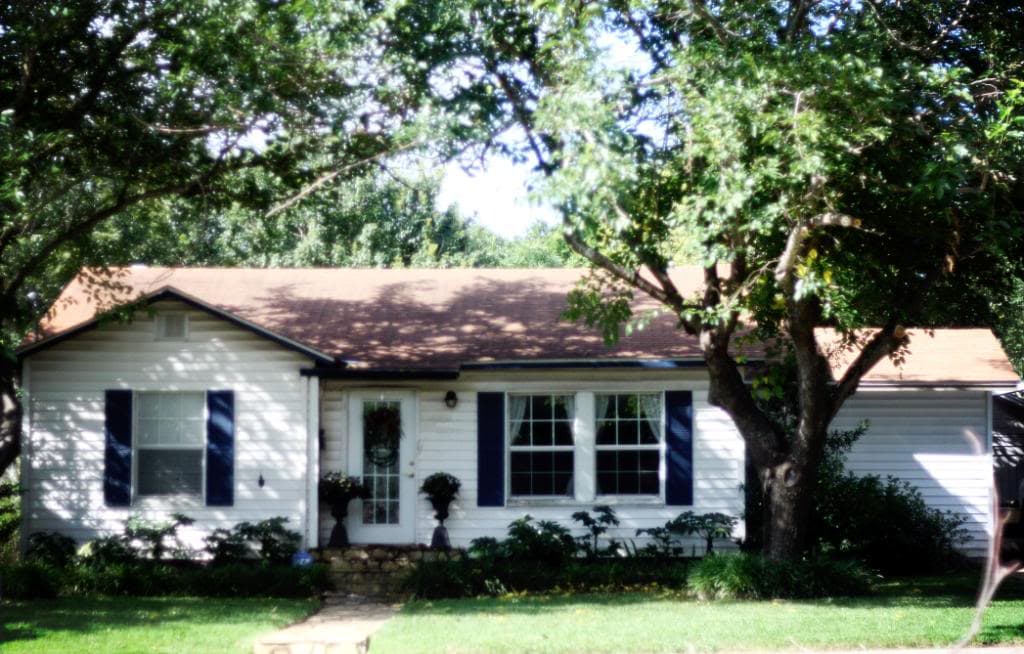
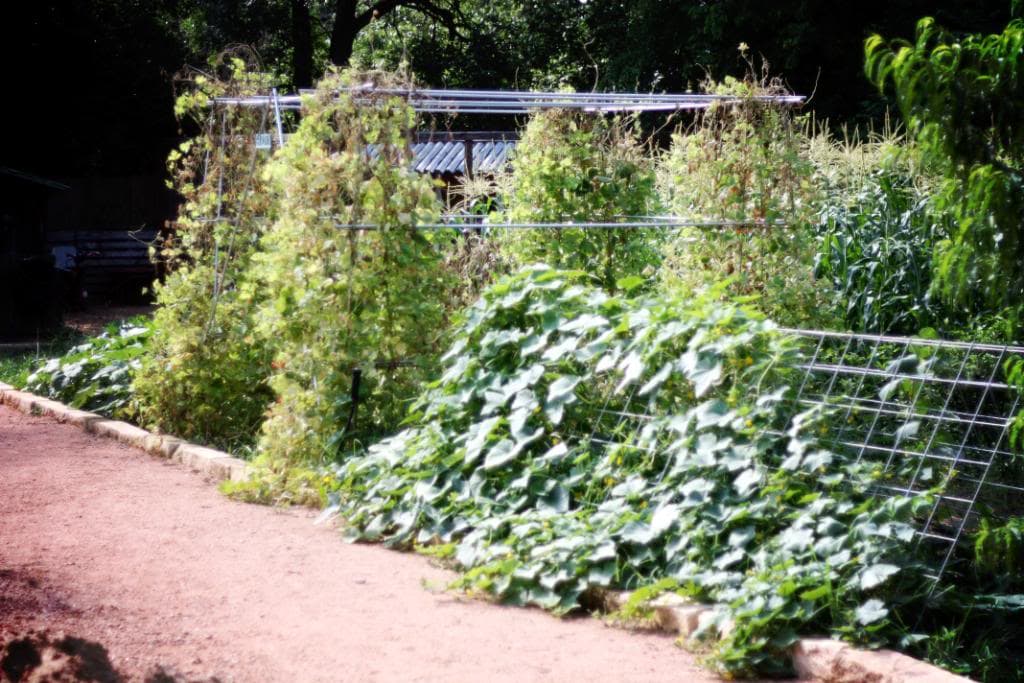
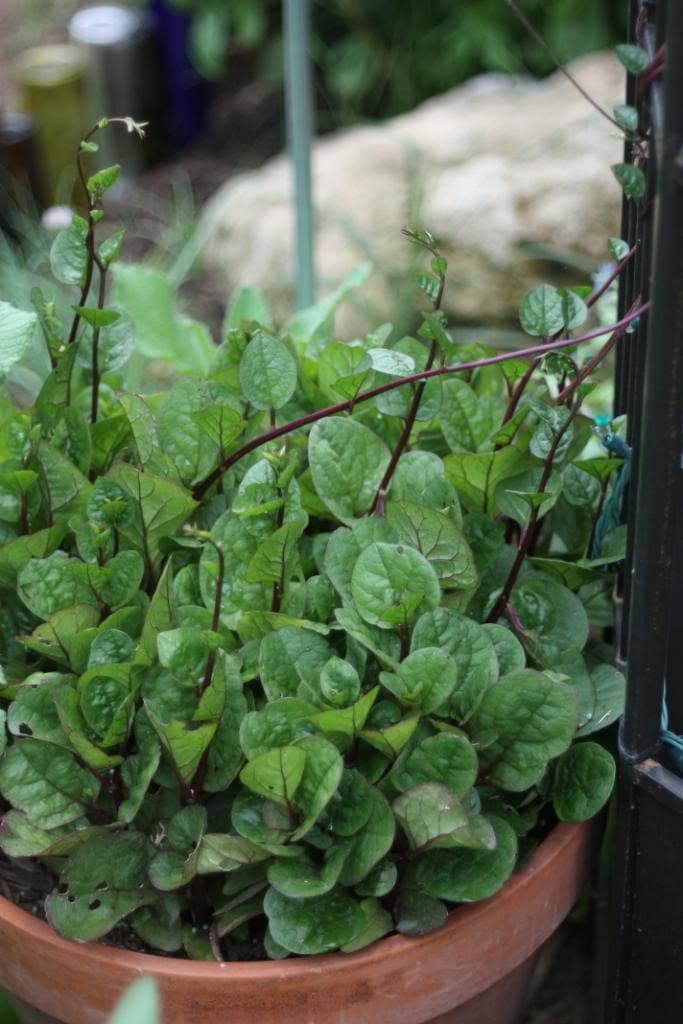
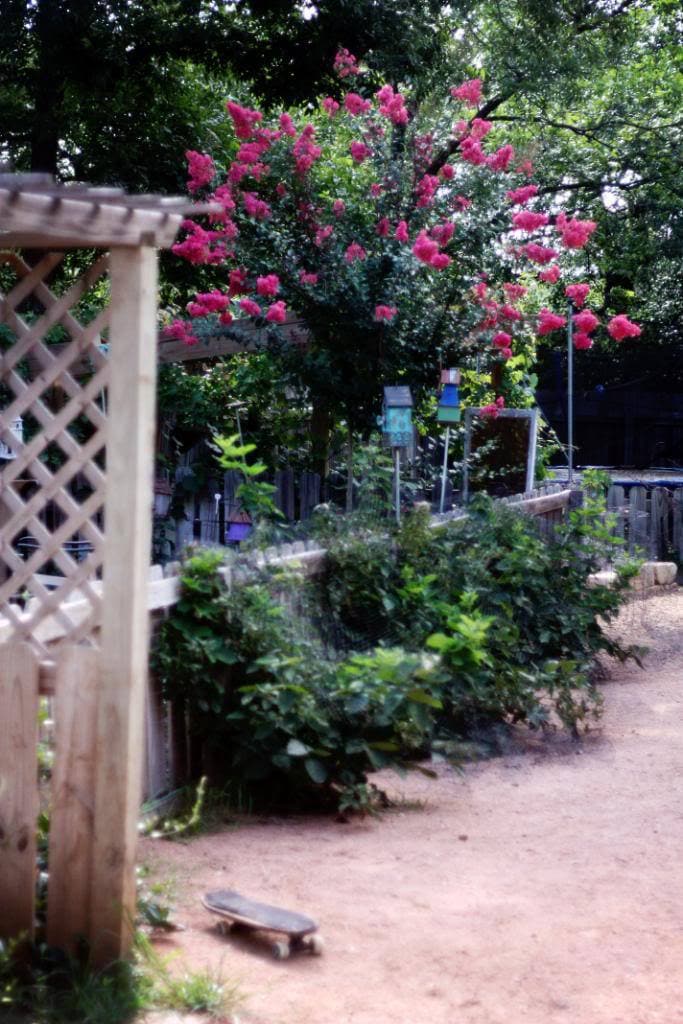
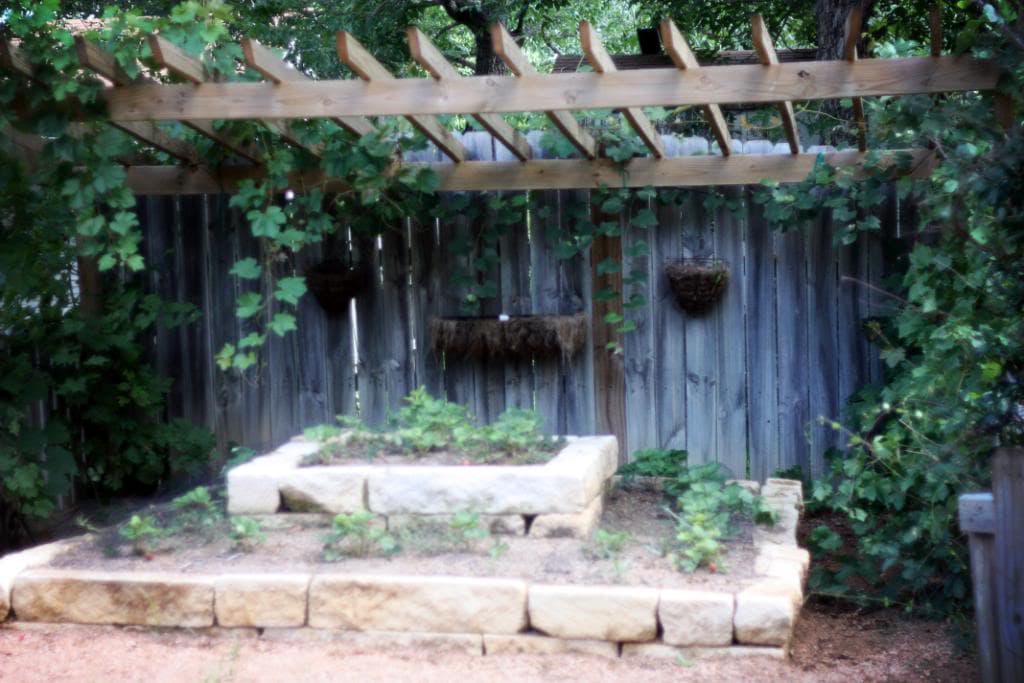
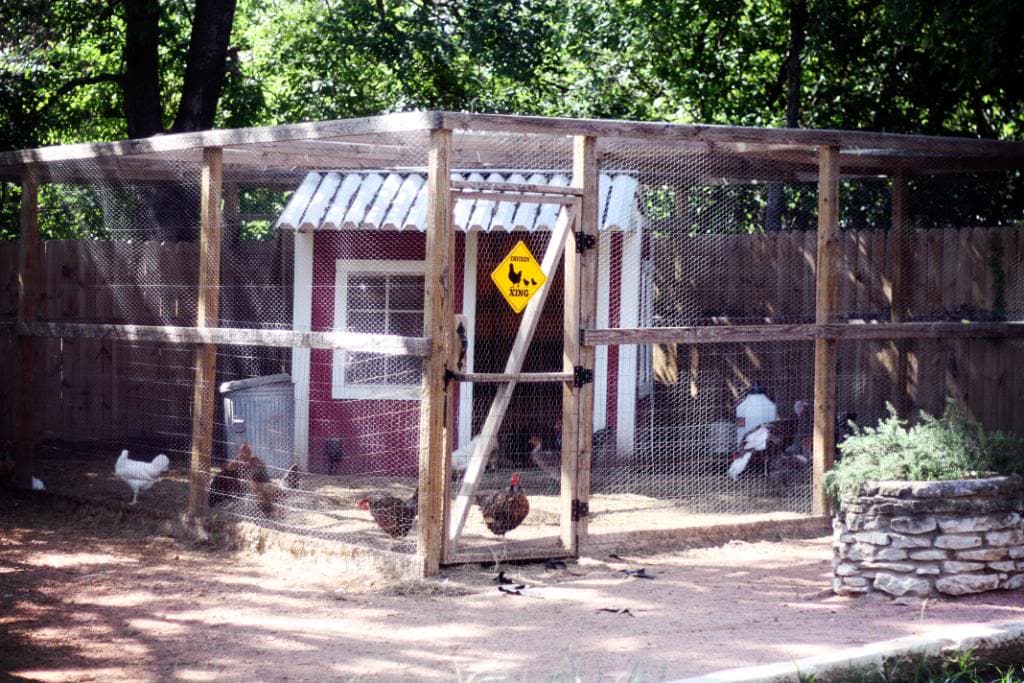
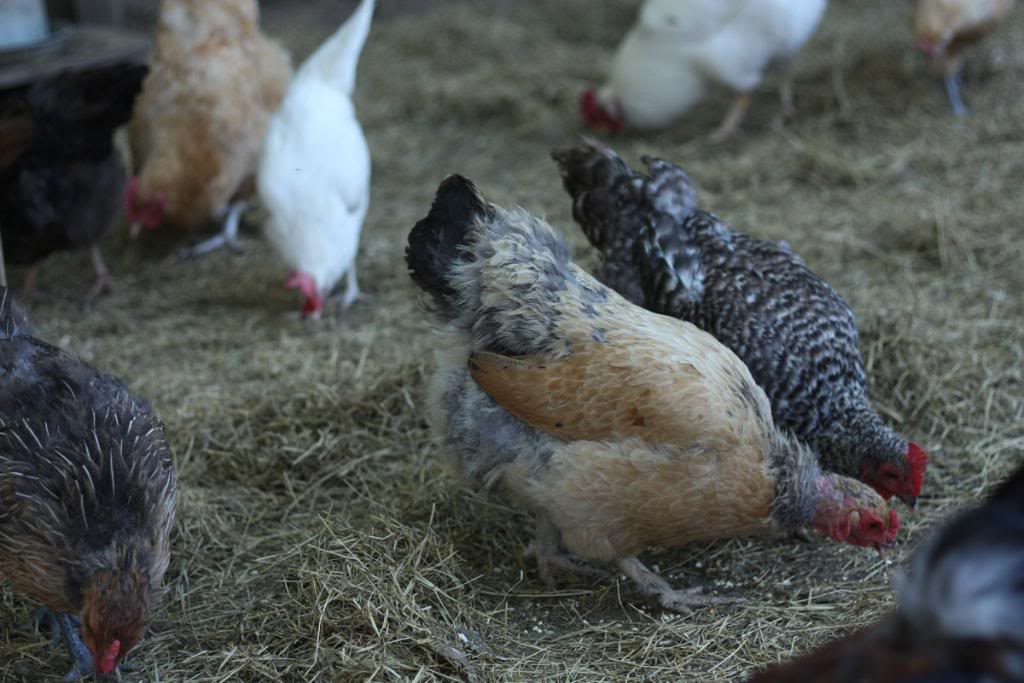
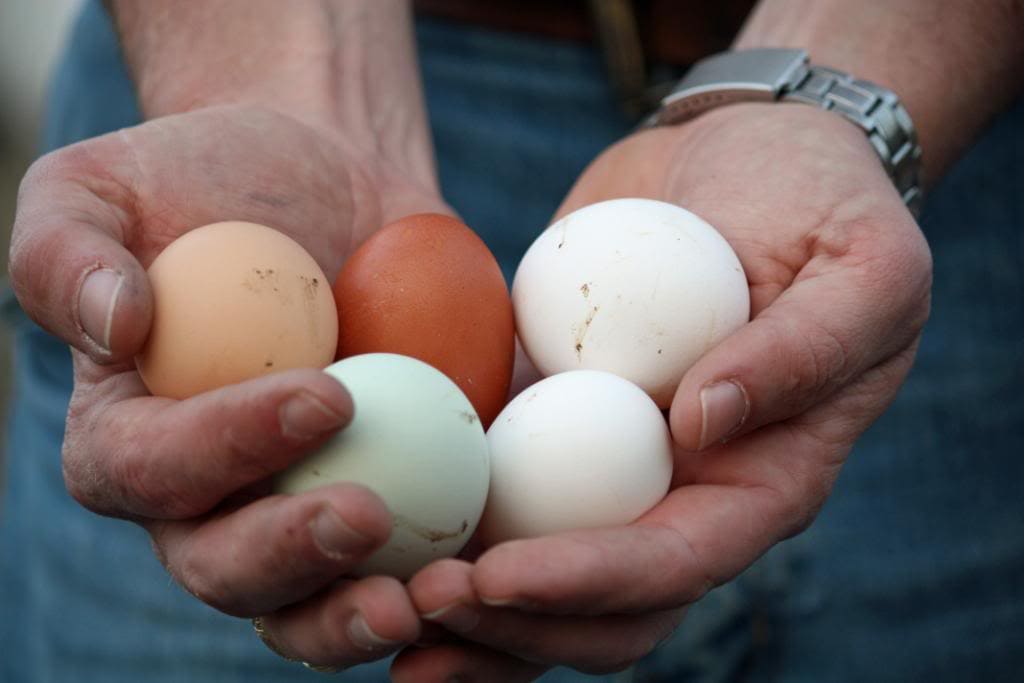
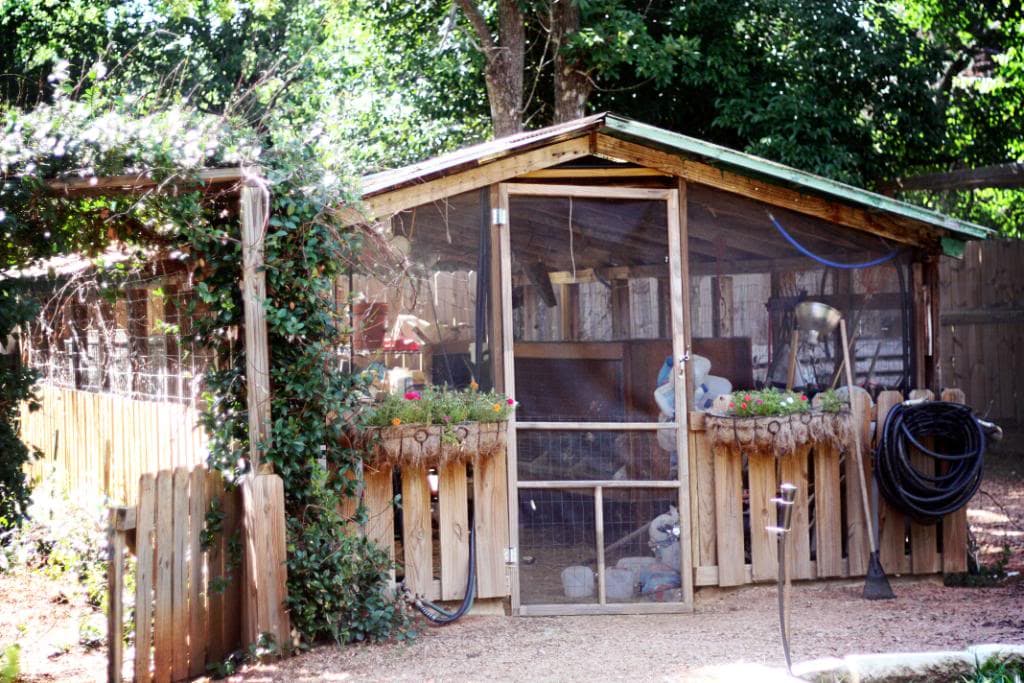

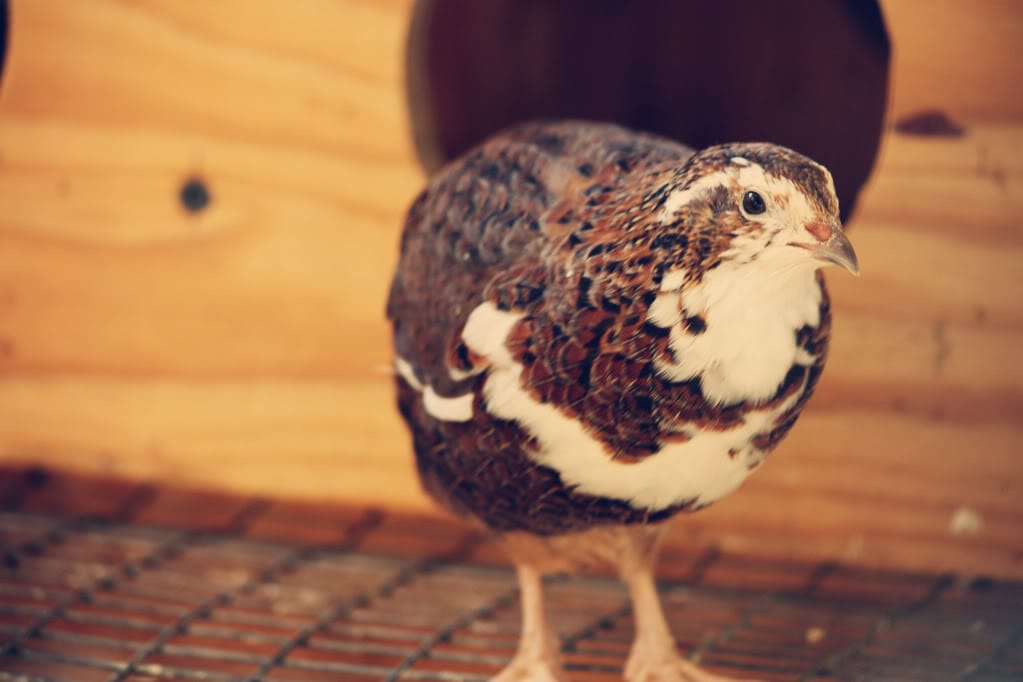
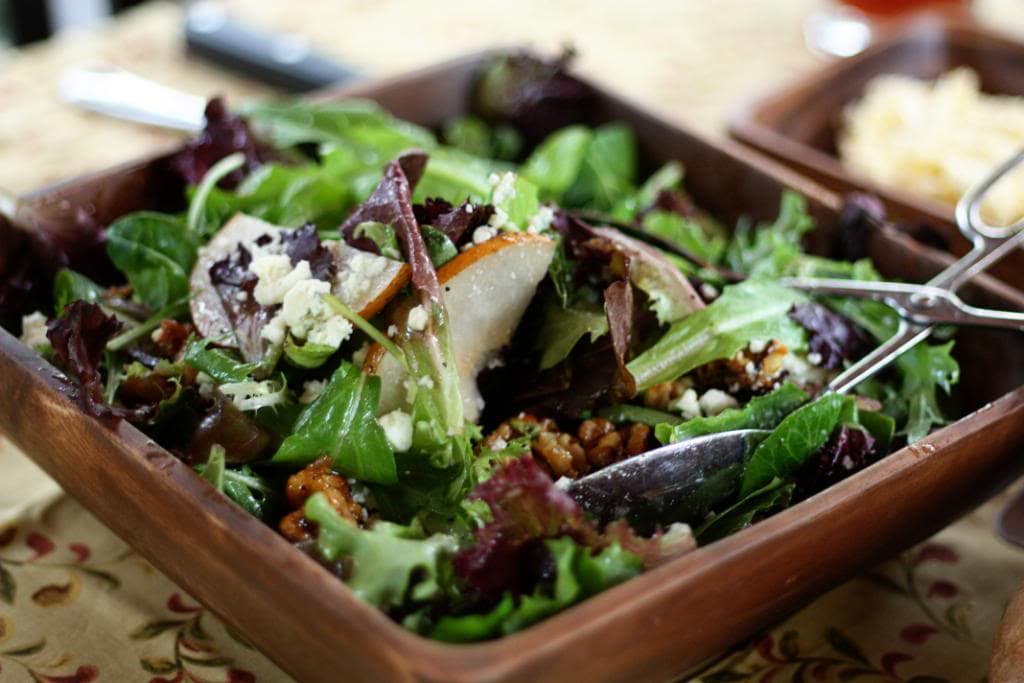
OK this is SO great. My husband and I aren’t farmers in anyway, but would love to do this one day when we have our own property and aren’t renting. I didn’t know if was possible, You gave me hope!! Thanks!
This is soo cool and I bet it’s so rewarding to benefit from all your hard work! Great post!
Oh my goodness I love your post thank you for sharing! We have started this year to our own urban farming, we can only hope that one day our back yard will look like yours 🙂
loved the post! We are farmers and have land, but when we lived in town I employed every means possible to raise our own food. We had a chain link fence and small cement patio, so we had containers & a rain gutter planter for our salad greens. Cheap idea to maximize space.
We live in the country, but don’t have a ton of land, but what we do have we use, and it is great. We have chickens and I was really hesitant to get them, but we have had them over a year and they are soooo easy! The best thing ever. We have strawberries, blackberries, and raspberries, and a 50×50 veggie garden plus just an herb garden. It is great to pick and use the stuff you just grew! Great post!
I’ve been racking my brain lately, trying to come up with some sort of pet for my kids that would be fairly easy to raise. Several people have told me how simple it is to raise rabbits, so I think we’re going to give it a shot. It’s going to be a surprise for my sons upcoming birthday. They are going to be so excited!
I love this post, thanks again!
Mariel
This is so informative! Thanks for all the ideas, photos, and guidelines for creating an urban garden! It really breaks the steps down for those of us who need a jumping off point!
New farmers in the US and Canada are having success with SPIN-Farming, which is a small plot farming system that outlines how to make money growing in backyards, front lawns and neighborhood lots. SPIN provides everything you’d expect from a good franchise: a business concept, marketing advice, financial benchmarks and a detailed day-to-day workflow. In standardizing the system and creating a reproducible process it really isn’t any different from McDonalds. By offering a non-technical, easy-to-understand and inexpensive-to-implement farming system, it allows many more people to farm commercially, wherever they live, as long as there are nearby markets to support them. You can see SPIN farmers in action at http://www.spinfarming.com
Thanks for the info. I don’t really have much of a ‘green thumb’ myself, but I would be willing to start a simple garden if space permitted. I have a friend who grows crops which are not normally grown in most gardens. So it presents a good opportunity to experiment as well.
nice of you to share this with us Mariel. although my animals will just ruin all of my efforts for sure, it is still worth a try :p